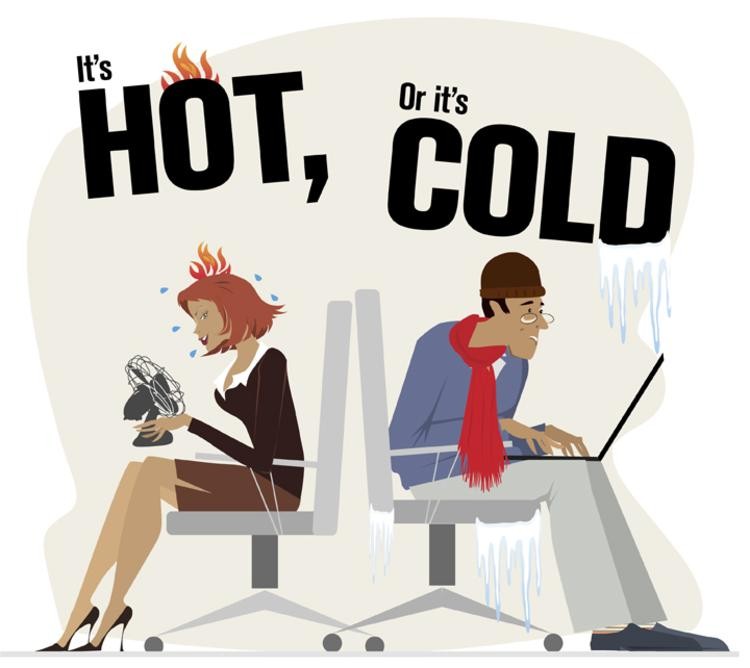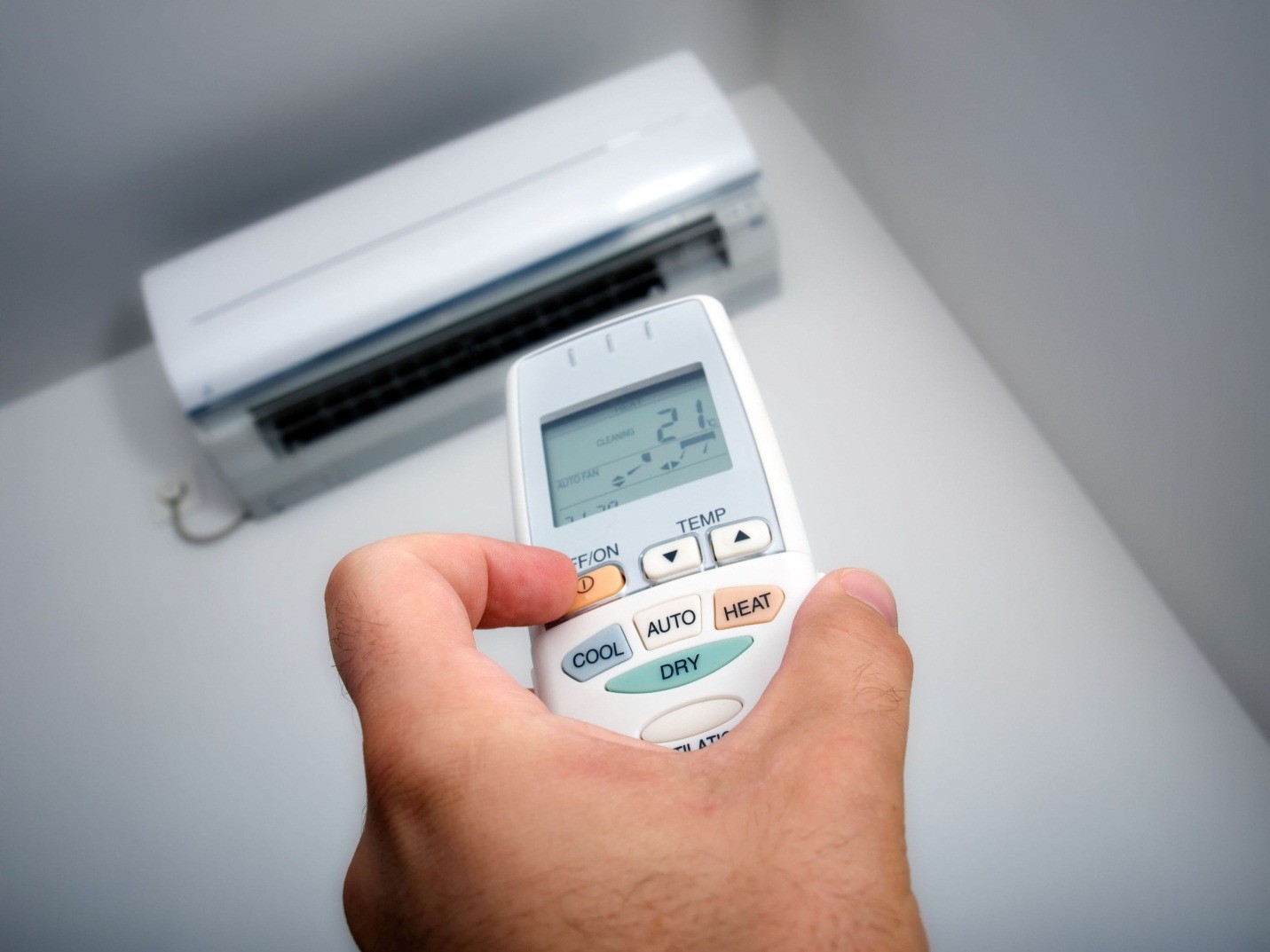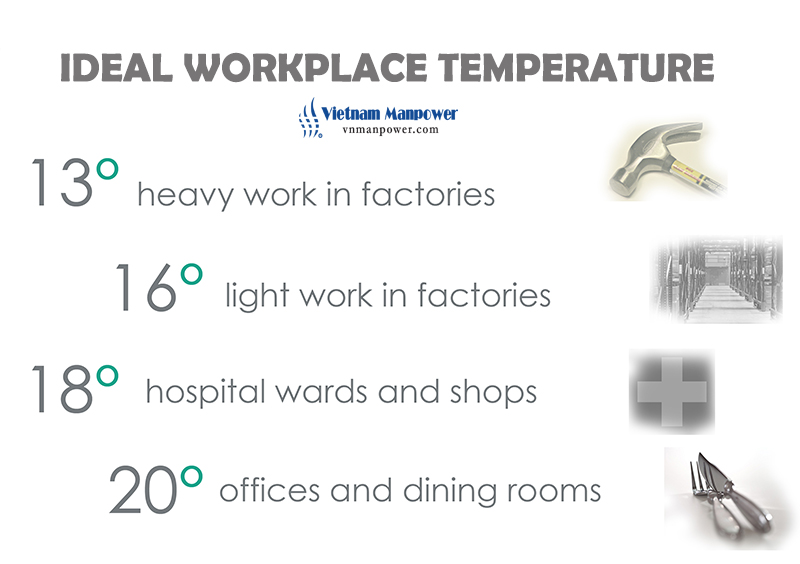Whether it forces employees to wrap up in their coats or strip down to shirtsleeves, temperature is the biggest workplace bugbear.

7 out of 10 workers in a poll commissioned by energy provider E.on on about 2,000 British workers say they are unhappy with the climate at their workplace, making the workplace temperature the No.1 cause of heated arguments. Other top causes of employee arguments are eating smelly food around co-workers; loudness of phone calls, music and/or TV; untidiness when using desks of other people; rounds for tea making; bad time keeping; stealing food from the fridge; having meetings/group conversations when others are trying to work; the blinds/lighting; booking out shared spaces.
Other nice reads that may interest you:
How to Manage Conflict Among Employees
Techniques to Help Increase the Communication Between Your Employees
As revealed in the poll’s findings, temperature levels at workplace often fall short of what many workers demand, leaving them have hard time staying comfortable while working.
Not only creating tension among your employees, too cold or too hot workplace makes it difficult to focus on work. According to a CareerBuilder survey, 22% of workers say a too-hot workplace negatively affects their work concentration; 11% of workers say too-cold workplaces make it hard to work.

Besides decreased work productivity, temperature issues also cost businesses in terms of wasted energy, wasting the time in putting on sweater, putting a shawl across the knees, etc.; affect employee health. Not all, temperature levels disproportionately impact women. According to a 2015 study in the journal Nature Climate Change, office workplaces can be too cold for women as standard temperature levels are based on preferences of middle-aged men. Researchers found women often having a lower metabolic rate would prefer rooms at 25°C (77°F) compared to 22°C (72°F) for men.
So what is optimum temperature in the workplace?

+ According to a study by the Helsinki University of Technology and the Lawrence Berkeley National Laboratory, work performance increases with the temperature up to 21-22°C (69.8-71.6°F), and decreases with the temperature about 23-24°C (73.4-75.2°F). The highest productivity is at the temperature of about 21°C (71.6°F). Taking this study, Gaebler.com's "Resources for Entrepreneurs" suggests a solution. That is, for employers that are tired of workers complaining about the temperature, just set the workplace thermostat to 22°C (71.6°F). That way can help make the workplace temperature arguments over.
+ According to a study by Cornel University, at 77°F, the workers are keyboarding 100% of the time with a 10% error rate, but at 68°F, their key rate decreases to 54% of the time with a 25% error rate.
What are laws that dictate where the thermostat should be set?
Some countries even have passed such laws. If employees and studies can’t agree, perhaps it’s time for the government to step in.
+ The U.S. Occupational Safety & Health Administration has no rule on temperature, but recommends temperature control in the range of 68-76°F and humidity control in the range of 20-60%.
+ In the U.K, there is no law that states a minimum temperature, but according to the U.K.'s Health and Safety Executive states, temperature in the workrooms should normally be at least 16°C unless much of work involves severe physical effort in which case the temperature should be at least 13°C (55.4°F). Still, these temperatures may not ensure reasonable comfort, relying on other factors like air movement and relative humidity.

+ According to Ontario, Canada's Ministry of Labor, the minimum temperature is set at 18°C (64.4°F), depending on some exemptions for things like work in freezers or outdoors.
+ According to New Zealand's Ministry of Business, Innovation and Employment, in summer, the thermal comfort is at 66.2-57.2°F and in winter, 64.4-71.6°F.
Overall, studies reveal the optimal temperature for work productivity is either 71.6°F or 77°F. If you let the government set the thermostat, it could be in the range of 55.4-71.6°F.












Replies to This Discussion